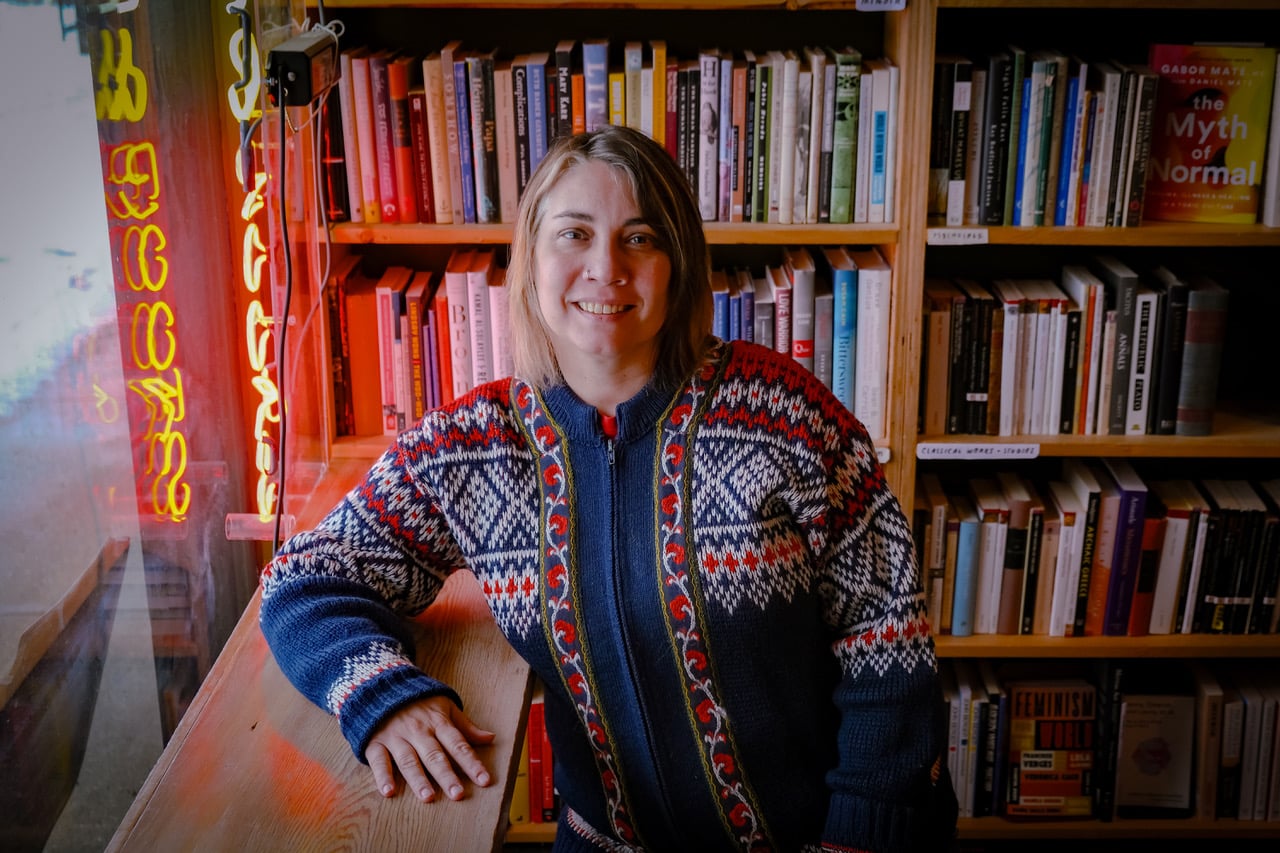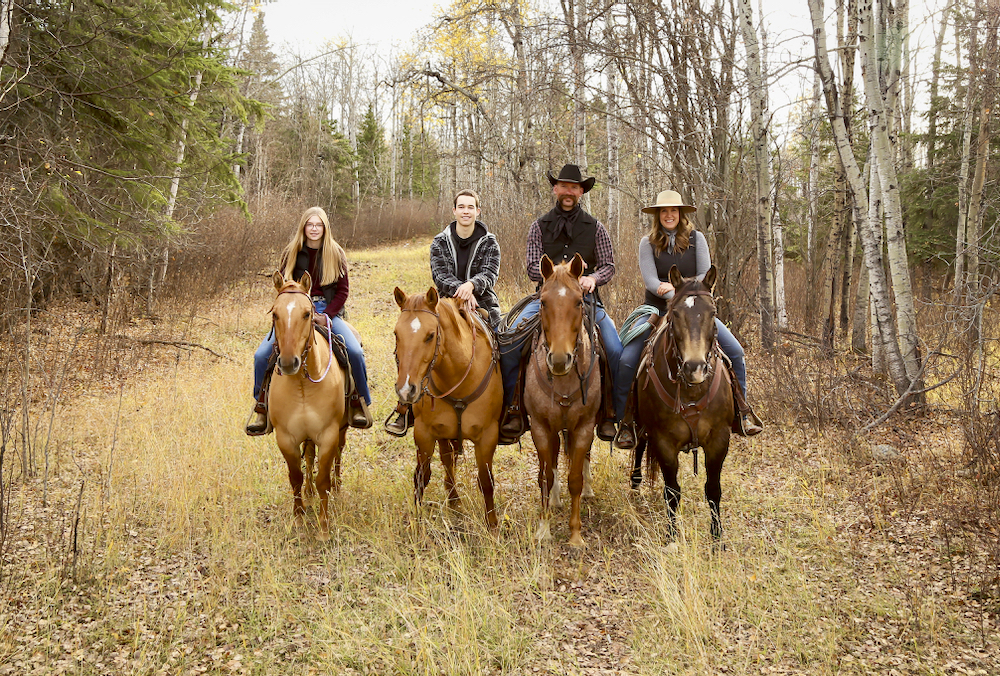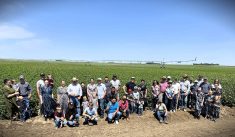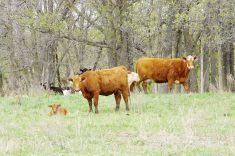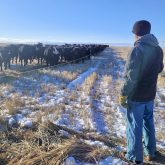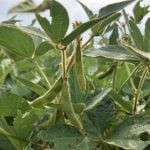Using holistic management principles can change lives, and farms.
This was the message from five farmers who presented at the recent Western Canadian Holistic Management conference here.
“We try to align our decisions with Mother Nature — it’s easier to work with her than to try to work against her,” said John Chuiko, who ranches with wife Deanne near St. Walburg, Sask.
Read Also

Grazing ‘sweet spot’ boosts pasture performance
Timing-focused approach to pasture management touted to boost forage growth, livestock gains while also cutting farmer labour and inputs
A decade ago, the Chuikos were living in town and ranching part-time while John worked in the oilpatch.
“We always had a small herd of cows and we always had some land, but everything was packed into John’s days off,” Deanne Chuiko told attendees at the conference put on by Holistic Management Canada, a small non-profit that puts on courses and certifies trainers.
In 2015, the oil patch started to slow down, and John’s income was affected.
“We needed to figure out ways to get to ranch fulltime faster than we anticipated — big decisions needed to be made,” she said.
So the couple attended a holistic management club meeting in their area and then a holistic management course in Manitoba.
“We used to be perpetual over-grazers — we grazed until the grass was gone and we would come back when we saw it just start to green up again,” said John, adding grazing days per acre have now increased substantially. “We now have a thought-out plan to get our animals to the right place at the right time.”
While the agronomic part of holistic management centres around regenerative ag principles, it also emphasizes having a viable financial plan.
“It was very rewarding, after putting all the time and effort into our financial plan, to be able to go to our banker and for her to say, ‘You’ve done all my work for me. How much do you want?’” said John. “That was very powerful for me, and it gave me the confidence and peace of mind to know we were on the right track.”
The Chuikos, who are both in the process of becoming certified holistic management educators, later reworked their goal, involving their two children.
“As a family, now we have a really clear picture of what we wanted our quality of life to look like and how we wanted to achieve that, what we wanted our future resource and community to look like,” said Deanne, noting those goals are posted on the fridge.
Calvin and Marla Gavelin started their holistic journey three years ago.
They have a mixed operation near McCord, Sask. and market the beef from about 120 cattle annually. They took an in-depth course three years ago and that “changed everything on the farm,” said Marla.

Cover crops have been a major focus for the couple, but they also said taking a holistic approach went far beyond production matters.
“When we took our course, the thing that was the most profound for me, was finally being included,” said Marla. “Until that point, three years ago, I lived on a farm, I did a lot of work on the farm, but I made zero decisions for that farm.
“Taking it down the holistic track, for me, took me out of the background and actually brought me onto a farm where I felt like I belonged. I had more stake in things and I took a whole new sense of pride in the farm.”
“Now it is a family operation,” added Calvin. “With holistic management, everybody is involved. The kids are asking to be part of the operation.”
It’s also a family affair for Joseph Gardiner, who runs a mixed grain and cattle farm with his wife, parents, brother and brother’s partner near Clearwater, Man. Gardiner has been using holistic management practices since the 2000s when his parents took their first course.
“When I came back to farm, any crazy idea I wanted to try, they asked reasonable questions and I was so fortunate that I was empowered by these holistic principles and my parents realizing that if they didn’t give me free rein to do what I wanted to do, I wasn’t going to farm,” he said. “I’m forever grateful for holistic management.”

Gardiner started off as a conventional grain farmer when land was cheap and grain prices were high. But he ended up with a massive operating loan, and when grain prices fell, he decided something had to change. He went to conferences, read papers and watched YouTube videos, and got interested in using cover crops “to stimulate soil biology.”
As an experiment, Gardiner mixed 10 or 15 different types of seeds together and put it on the worst part of his land.
“I knew after 20 days that my life was never going to be the same,” he said. “It was the most interesting thing I had ever seen in my whole life.”
He began incorporating full-season cover crops and later started a business, Covers & Co., with a friend selling cover crop blends.
Recently his father was in a farm accident and that prompted the family to re-make their holistic goals.
“We’re going to do the things we enjoy more or try to only do the things that we enjoy,” said Gardiner, adding decision-making will be done by consensus.
“We have a blueprint of what makes us happy and what our goals are. Now it’s up to us to make a system that works within those parameters.”

